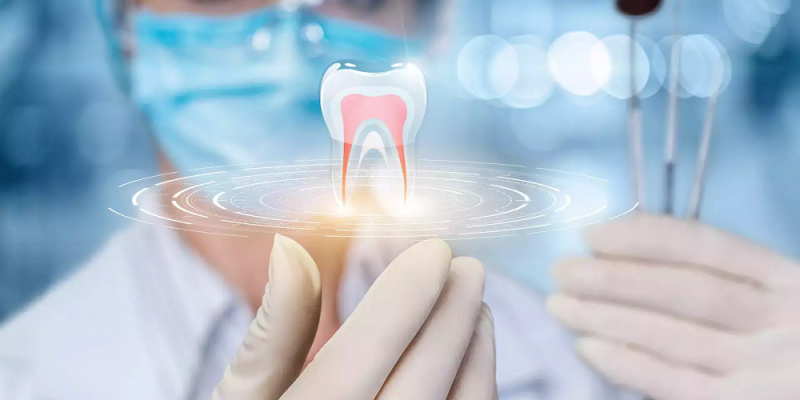Dentistry is constantly evolving to better improve the patient experience. Over the last few decades, these advancements have made leaps and bounds in a revolutionary way, changing the way dentistry is conducted in the future.
While the world continues to find new and innovative ways to automate and improve technology within various industries, the advancements happening in dentistry are changing the ways dental procedures are completed.
Digitized X-Rays
In many dental offices, digitized X-rays (similar to a digital camera in a way) are beginning to replace traditional radiographs. Digital X-rays have been on the market for years, now finding their way into multiple dentist offices around the world. These digital X-rays are faster and more efficient than a traditional radiograph. An electronic sensor or phosphor plate is put in the patient’s mouth to take the images.
The image is scanned to a computer where it’s available for the dentist to view. This process is a lot faster than processing traditional film. Dentists can store these digital images on their computers, allowing them to compare them with previous or future images to see how your dental health is maintained. For an added benefit, because the sensor and phosphor plates are more sensitive to X-rays than film, the radiation dose is significantly reduced.
According to countrydental.ca, digital X-rays are also more comfortable for patients as they are less intrusive than traditional radiographs.
Thinner veneers better preserve teeth
Veneers are thin, custom shells or mouldings that cover crooked, damaged, or otherwise unattractive teeth. This Bradford dentist uses traditional veneer methods. Today, new materials make it possible to create even thinner veneers while maintaining the same level of strength. Traditionally, teeth have to be filed and shaped to compensate for the veneer, but these new, thinner models allow for less of the tooth’s surface to be reduced.
Diode lasers to detect tooth decay
In traditional dentistry, dentists use an instrument called an “explorer” to find cavities. The tool is used to poke around the mouth until the tool sticks, indicating the potential for decay.
However, many dentists are making the switch to the diode laser, a much higher-tech way of detecting tooth decay. The dentist can then monitor the issue and determine whether or not the cavity needs to be removed and filled. When healthy teeth are exposed to the diode laser, they don’t glow, however, when decayed teeth are exposed, they glow in proportion to the amount of tooth decay.
CAD/CAM
CAD stands for “computer-assisted design,” while CAM stands for “computer-assisted manufacture.” When used together, they result in fewer dental visits to complete dental procedures like crowns and bridges. When a patient needs a crown, a dentist will make a mould of the tooth and place a temporary crown while the lab makes a permanent one. With the help of CAD/CAM technology, the tooth is drilled and prepared for the crown, while a picture is taken with a computer. The image is relayed to a machine that makes the crown right on the spot.
Improved bonding and filling materials
When a tooth is chipped or damaged, it can be fixed with a more natural look than what was available in the past. This is due to improvements in bonding material and techniques.
Today, dentists use resin, which is shinier and longer-lasting. Dentists will put layers of resin on a tooth and bond it to repair it. Not to mention there is a wider range of shades available, making it possible to better blend the bonding to the material to the tooth’s colour.
The world of dental technology continues to move forward, and more advancements are likely to be available in the future.













Comments